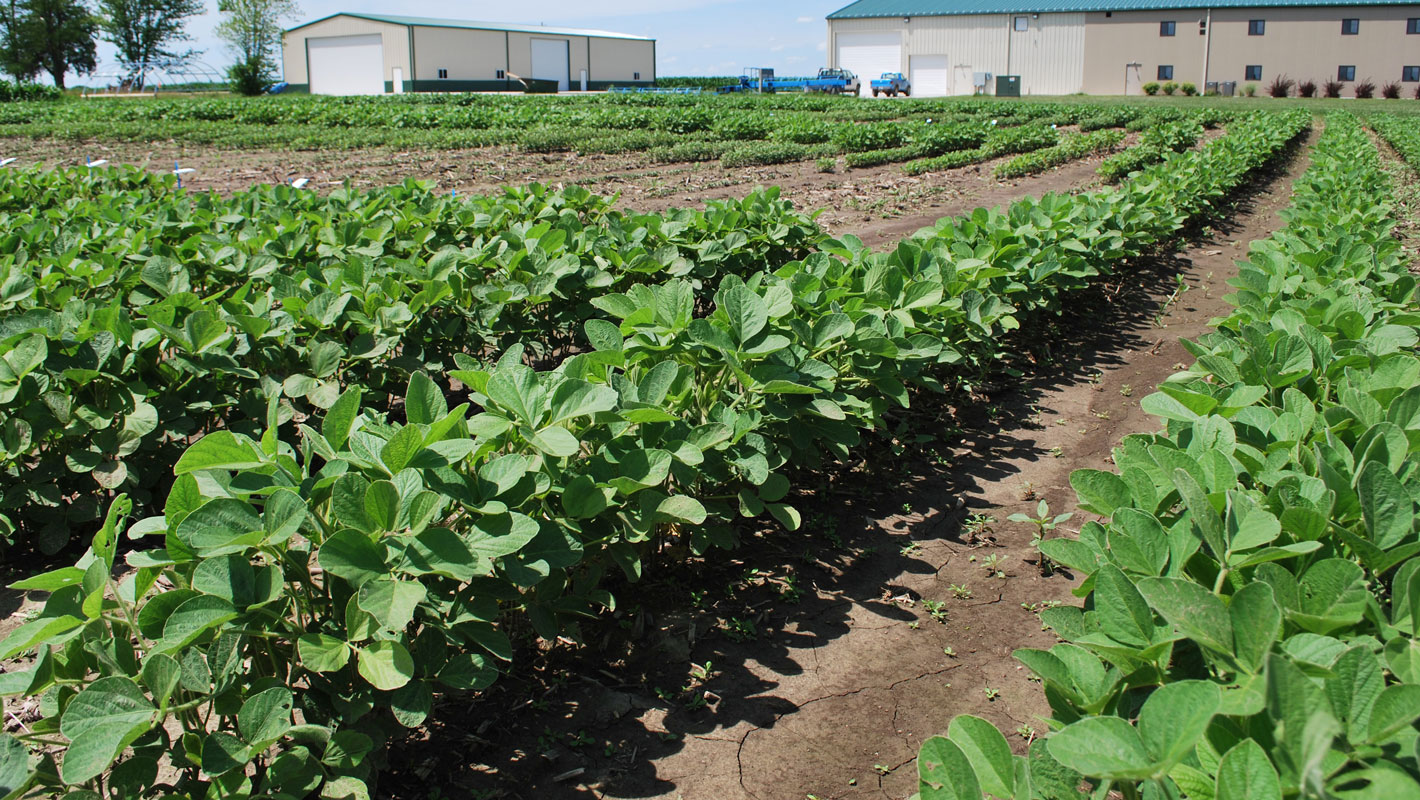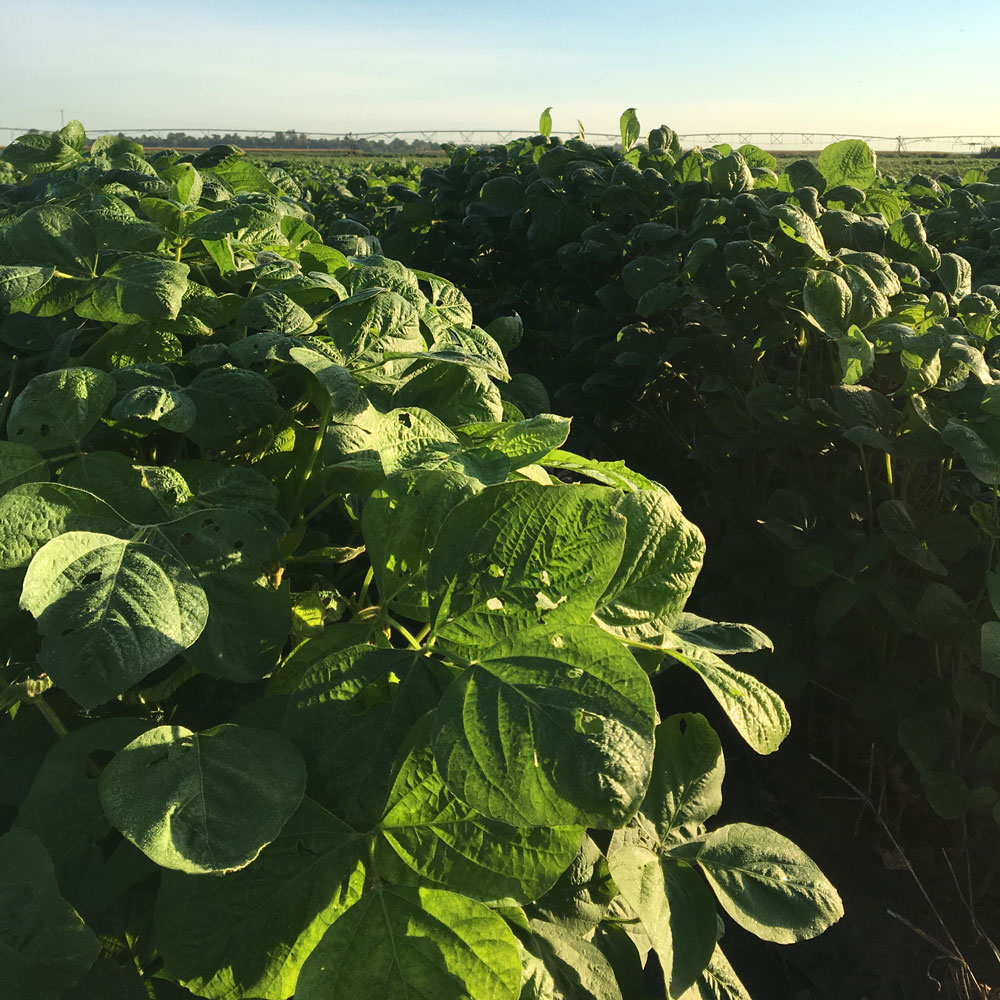CARBON CAPTURE AND SEQUESTRATION
Capturing and storing carbon dioxide
Carbon dioxide is the most common of the Greenhouse Gasses (GHGs) in the atmosphere. Plants such as soybeans take carbon dioxide out of the air through photosynthesis and convert it to plant biomass. This carbon is then stored in the soil after the growing season.
Carbon dioxide helps soybeans grow
Through the process of photosynthesis, soybeans take carbon dioxide from the air and use it to produce oxygen and glucose, which later become energy released when soybeans are crushed for animal feed, human food or industrial use such as biofuel.
Soil management improves carbon sequestration
Healthy soil stores more carbon.

Capture
Through photosynthesis soybean plants pull carbon dioxide out of the air. The carbon in the plant, both above and especially below ground, can add carbon back into the soil where it is held in a more stable form.
Store
Carbon is stored in soil and mostly remains in a stable form unless the soil is disturbed.
Carbon sequestration benefits soybean production and soil health
Agricultural practices, such as conservation tillage systems and cover crops, are the best way to encourage healthy soil that can store carbon.
